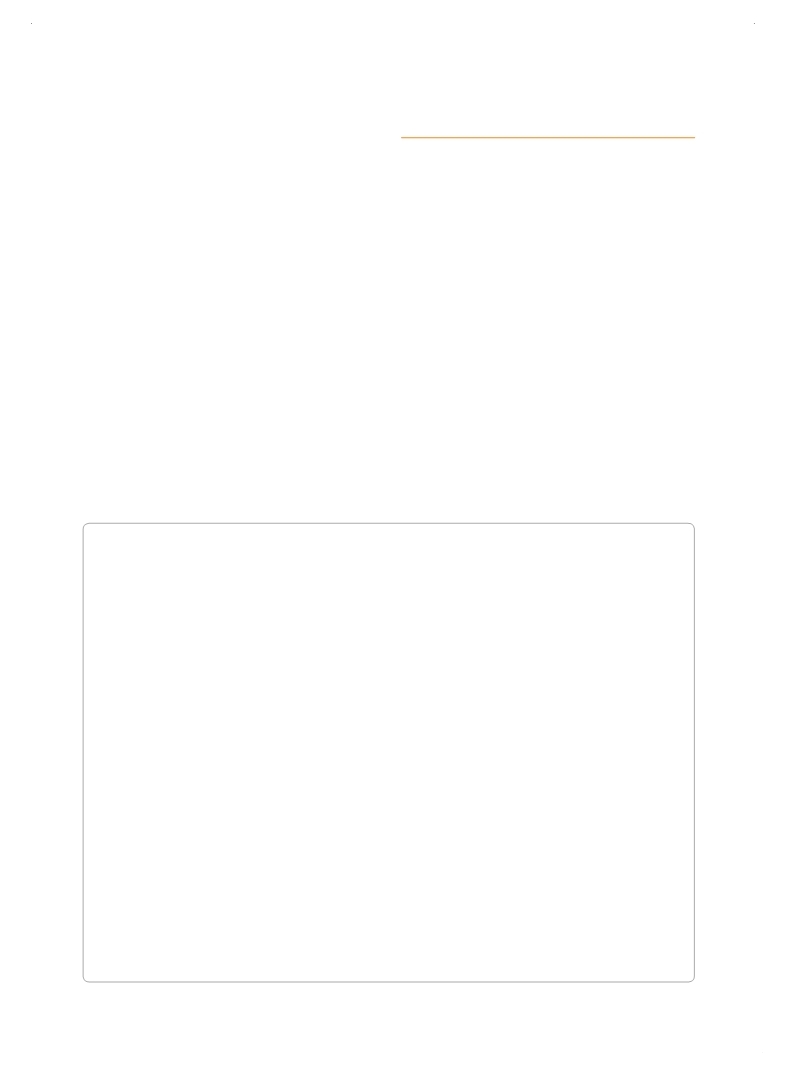 |
Global Assessment Report on Disaster Risk Reduction 2015
Making development sustainable: The future of disaster risk management |
 |
Global Assessment Report on Disaster Risk Reduction 2015
Making development sustainable: The future of disaster risk management |
|
|

148
Part II - Chapter 7
Given these challenges, there are relatively few contexts (Box 7.10) where decision-makers have successfully incorporated risk information into day-to-day planning, regulation and decisionmaking. Risk knowledge implies an appropriation of risk information by society in a way that facilitates risk management. From that perspective, the increased production of risk information during the HFA has not necessarily led to greater risk knowledge nor to improved risk management (Gall et al., 2014b
Gall, Melanie, Susan Cutter and Khai Nguyen. 2014b,Incentives for Disaster Risk Management, 2015 Global Assessment Report on Disaster Risk Reduction. Section on the Future of Disaster Risk Management. Hazards and Vulnerability Research Institute, University of South Carolina, May 2014.. . 7.9 The social production of risk
information
The role of social and economic constraints and opportunities facing households, businesses or governments has to become more central to the understanding of risk and to choices of disaster risk management strategies.
Experience has shown that a purely technical assessment of risk, however sophisticated and cutting-edge, is by itself unlikely to trigger actions that reduce risk. Successful risk assessments produce information that is targeted, authoritative, understandable, and usable.
For example, the Build Back Better campaign led by the government of Indonesia in the aftermath
Box 7.10 Turning risk data into applicable risk knowledge
In Peru, all hazard information from the national seismic hazard model is being integrated into the National Public Investment System (Sistema Nacional de Inversión Pública) database, which facilitates the sharing of findings with the scientific community, government authorities and the general public. The findings of a seismic probabilistic risk assessment carried out for 1,540 schools and 42 hospitals in Lima and Callao are being used by the Ministry of Education to complement the countrywide infrastructure census and to design the National School Infrastructure Plan (
 GFDRR, 2014a GFDRR, 2014a GFDRR (Global Facility for Disaster Reduction and Recovery). 2014a,Understanding Risk: The Evolution of Disaster Risk Assessment since 2005, Background Paper prepared for the 2015 Global Assessment Report on Disaster Risk Reduction. Geneva, Switzerland: UNISDR.. GFDRR (Global Facility for Disaster Reduction and Recovery). 2014a,Understanding Risk: The Evolution of Disaster Risk Assessment since 2005, Background Paper prepared for the 2015 Global Assessment Report on Disaster Risk Reduction. Geneva, Switzerland: UNISDR.. Click here to view this GAR paper. AIFDR (Australia-Indonesia Facility for Disaster Reduction). 2013,Key Disaster Management Successes: January 2012 – February 2013, Jakarta.. . The earthquake, tsunami, and volcanic hazard modelling activities of the Australia-Indonesia Facility for Disaster Reduction have increased government capacity to understand the country’s hazard risk profile, and these gains have in turn informed significant policy directives at the national level, such as the 2012 Indonesian Presidential Master Plan for Tsunami Disaster Risk Reduction (  GFDRR, 2014a GFDRR, 2014a GFDRR (Global Facility for Disaster Reduction and Recovery). 2014a,Understanding Risk: The Evolution of Disaster Risk Assessment since 2005, Background Paper prepared for the 2015 Global Assessment Report on Disaster Risk Reduction. Geneva, Switzerland: UNISDR.. GFDRR (Global Facility for Disaster Reduction and Recovery). 2014a,Understanding Risk: The Evolution of Disaster Risk Assessment since 2005, Background Paper prepared for the 2015 Global Assessment Report on Disaster Risk Reduction. Geneva, Switzerland: UNISDR.. Click here to view this GAR paper. As early as 1987, France adopted a law that grants every citizen the right to information on their exposure to major risks (Government of France, 2004 Government of France. 2004,Loi n°87-565 du 22 juillet 1987 relative à l’organisation de la sécurité civile, à la protection de la forêt contre l’incendie et à la prévention des risques majeurs. . Since 1990, local authorities have been obliged to provide the information online (Government of France, 1990 Government of France. 1990,Environnement et prévention des risques technologiques et naturels majeurs, Décret No. 90-918 du 11 octobre 1990. Journal Officiel de la République Française.. . ACTED (Agency for Technical Cooperation and Development). 2012,ACTED 2012 Annual Report, Paris.. . In Colombia, the provision of risk information is now a legal obligation under which the authorities are accountable for keeping all citizens and residents fully informed about levels of disaster risk, disaster management, rehabilitation and construction efforts, as well as all related funding received, managed and delivered (Government of Colombia, 2012 Government of Colombia. 2012,Ley No, 1523 del 24 de Abril de 2012. Por el cual se adopta la política nacional de gestión del riesgo de desastres y se establece el sistema nacional de gestión del riesgo de desastres y se dictan otras disposiciones.. . |
 
Page 1Page 10Page 20Page 30Page 40Page 50Page 60Page 70Page 80Page 90Page 100Page 110Page 120Page 130Page 138Page 139Page 140Page 141Page 142Page 143Page 144Page 145Page 146Page 147Page 148Page 149->Page 150Page 151Page 152Page 153Page 154Page 155Page 156Page 157Page 158Page 159Page 160Page 161Page 162Page 170Page 180Page 190Page 200Page 210Page 220Page 230Page 240Page 250Page 260Page 270Page 280Page 290Page 300Page 310
|
|
 
|
 
|
